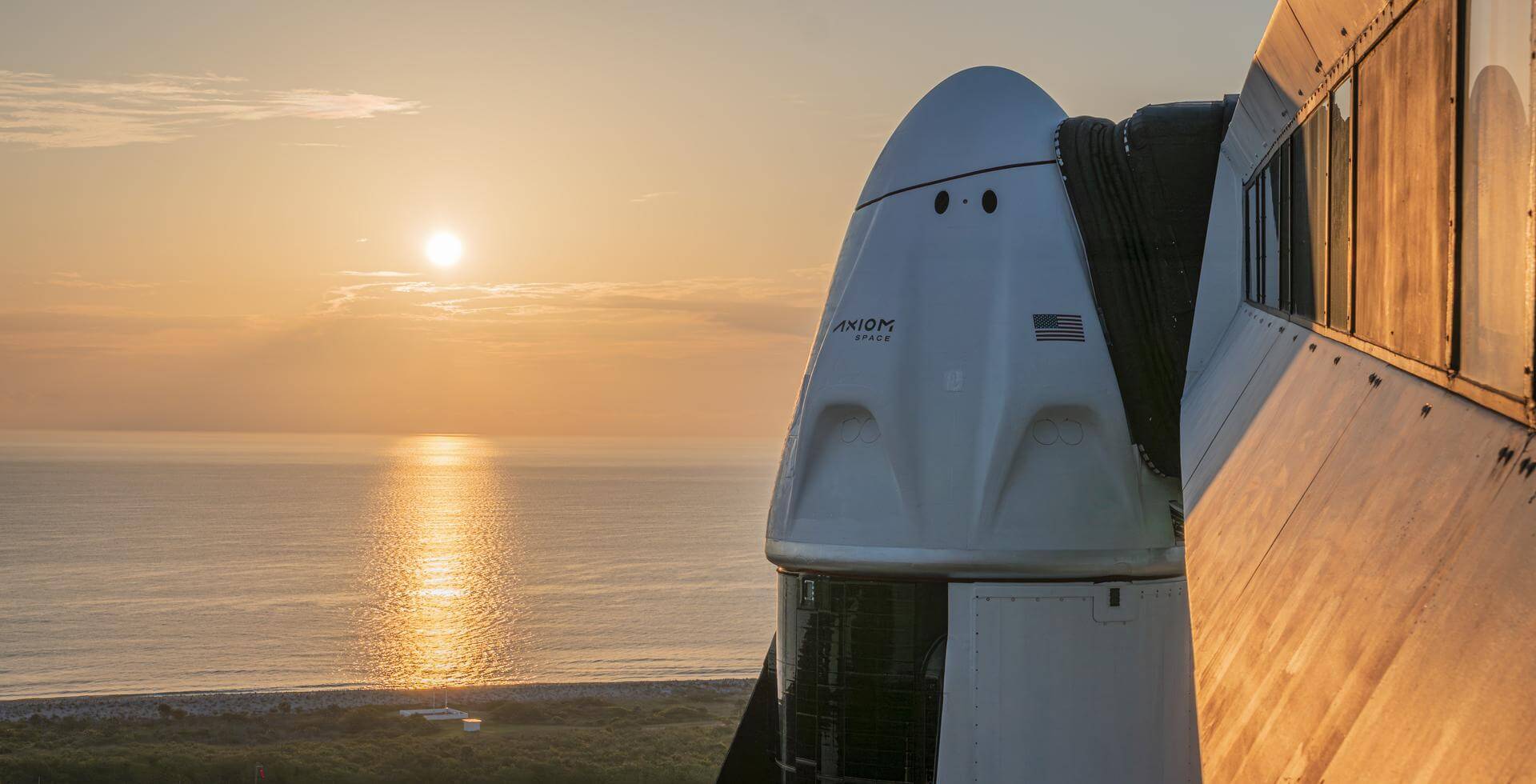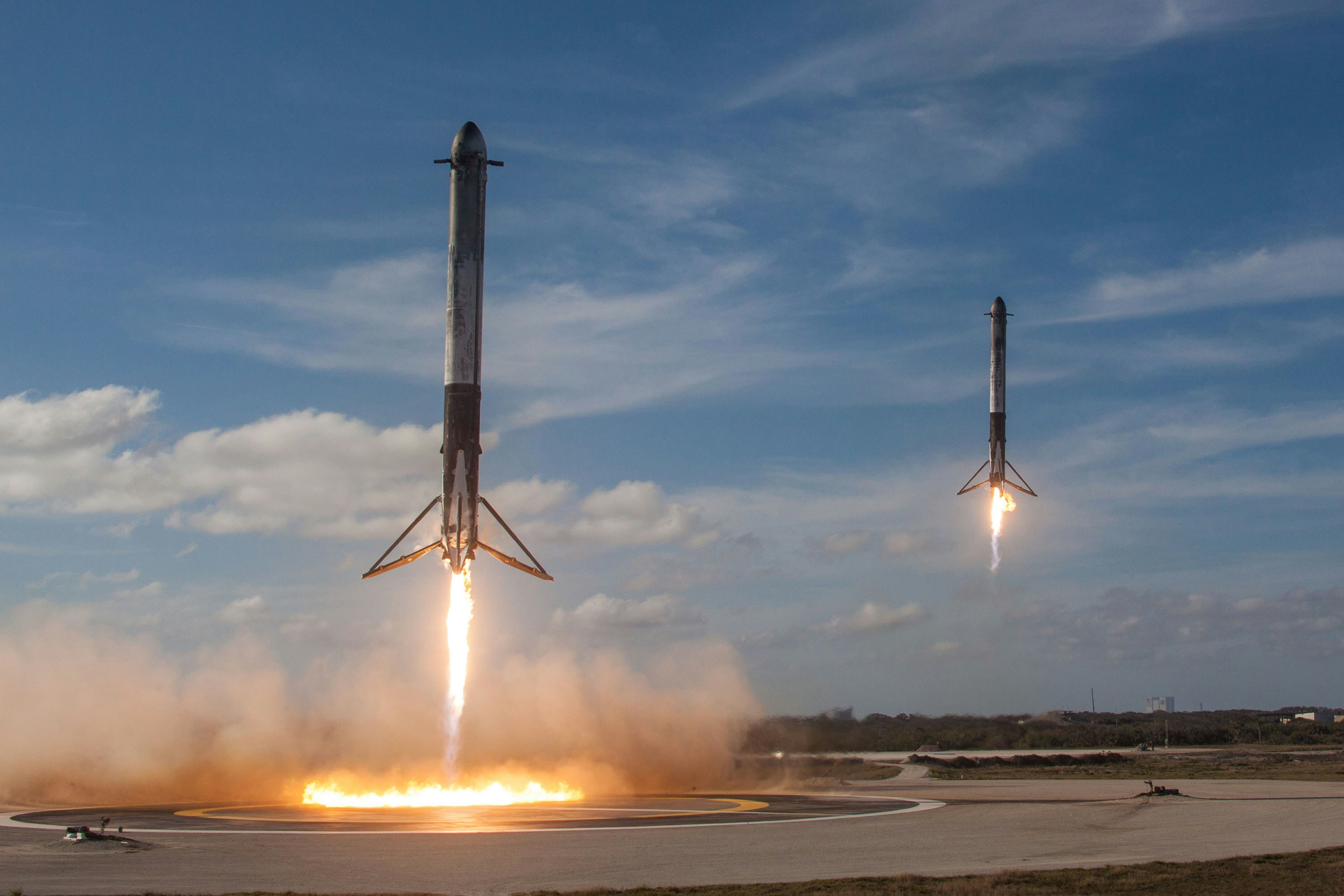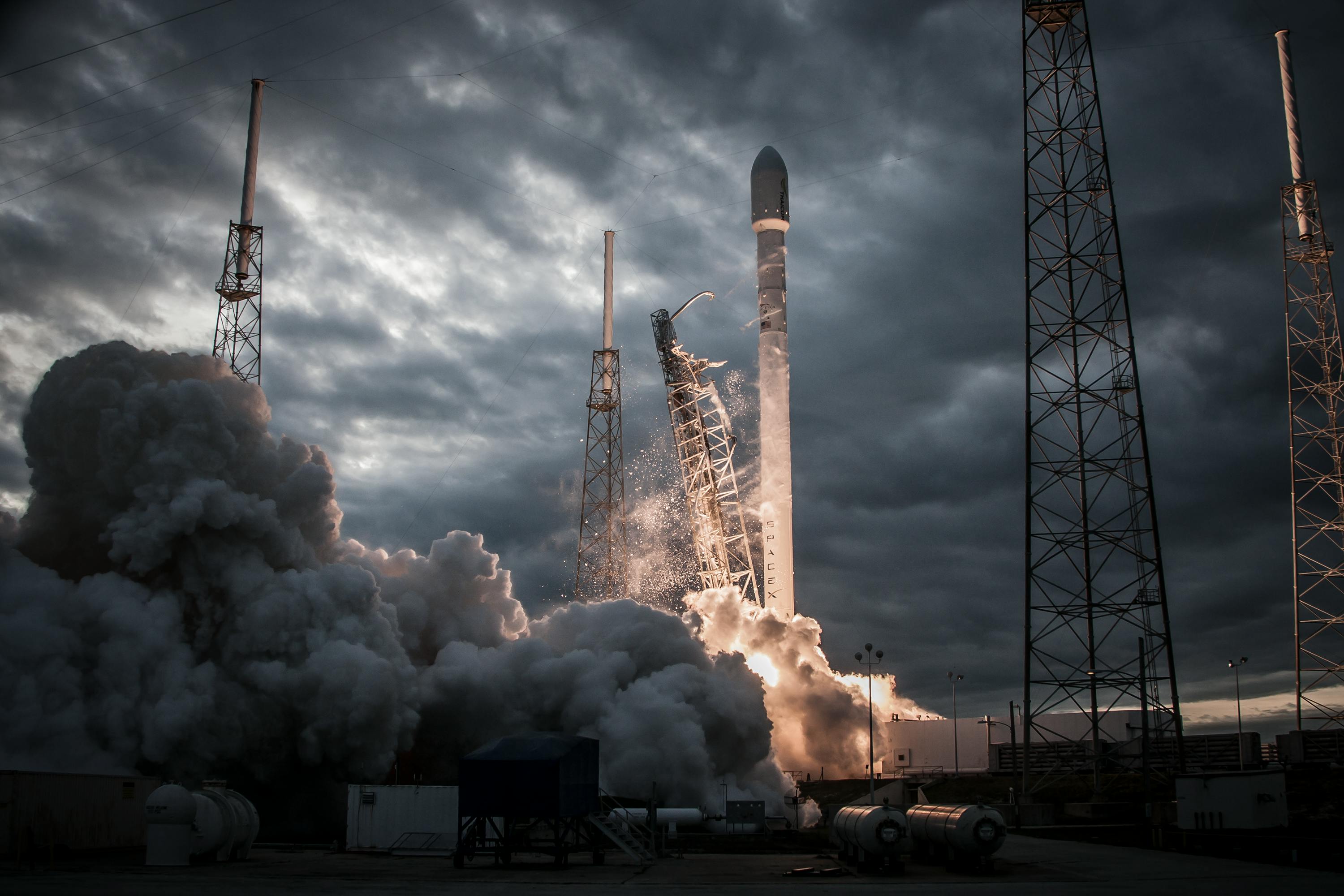· space brief · 6 min read
Space Brief 20 Jun 2025
Today's brief covers the nomination of a new Space Force leader, partnership efforts by Lockheed, Sweden's defense budget delay, Israeli military actions, Proba-3's imaging breakthrough, and Starlink's license to operate in India.

📄Top Stories
Today’s emphasis is on significant developments within military space leadership, strategic partnerships in the defense sector, groundbreaking solar observations, and global satellite internet expansions. Keep an eye on how these shifts and partnerships will impact satellite monitoring and communications.
📰Detailed Coverage
Trump Nominates Gen. Guetlein to Space Force Leadership
President Trump has formally nominated Space Force Vice Chief Gen. Guetlein to take over leadership of the ‘Golden Dome’ initiative. This move signifies a strategic elevation in the U.S. Space Force’s command structure, poised to bolster the United States’ defense capabilities in orbit.
The nomination has been submitted to the Senate Armed Services Committee for approval. This important transition comes at a time of increased focus on space as a domain critical to national security and highlights the ongoing evolution of military leadership in outer space defense programs.
Read the full story: SpaceNews
Lockheed Seeks European Partners for Defense Production
Lockheed Martin is actively seeking to forge partnerships with European defense industries to mitigate the strain on its missile production capabilities. This strategic move aims to streamline and enhance production efficiency by distributing workloads globally.
By collaborating with international partners, Lockheed expects to navigate supply chain complexities more effectively, ensuring the timely delivery of defense technology. Such collaborations could have significant implications for satellite-based missile tracking and defense systems, enhancing our app’s tracking capabilities.
Read the full story: Breaking Defense
Sweden Delays Defense Spending Target to 2032
During a recent NATO summit, Sweden announced a postponement of their target to allocate 3.5% of GDP towards defense spending, now aiming for a 2032 deadline. The delay reflects ongoing debates within NATO regarding defense budgets amidst global security concerns.
Swedish Defense Minister Pål Jonson indicated that while Stockholm aspires to meet NATO’s goals, political and economic pressures have influenced this revised timeline. This decision could influence regional defense strategies, including satellite deployment and tracking initiatives for monitoring regional security.
Read the full story: Breaking Defense
Israeli Strikes Focus on Iranian Missile Threat
Israel has conducted a series of tactical strikes aimed at neutralizing perceived missile threats emanating from Iran. The Israeli Defense Forces assert these actions push Iranian capabilities further into their territory, aiming to reduce immediate missile threats.
These military actions underscore the importance of advanced satellite reconnaissance and missile tracking systems essential for national defense. With tensions high, precise satellite monitoring remains a cornerstone of strategic military operations in the region.
Read the full story: Breaking Defense
ESA’s Proba-3 Captures Solar Corona
The European Space Agency’s Proba-3 mission has achieved a significant milestone by imaging the solar corona from space during an artificial solar eclipse. Utilizing sophisticated formation flying, the mission’s twin spacecraft successfully captured high-resolution observations of the Sun’s outer atmosphere.
This breakthrough enhances our understanding of solar dynamics and underscores the critical role of satellites in advancing astronomical research. Such insights are invaluable for satellite operators and those tracking solar-induced space weather effects on orbital assets.
Read the full story: Space Daily
Starlink Secures License to Operate in India
India has officially granted a license to Elon Musk’s Starlink, allowing the satellite internet service to operate within the country. This development is set to revolutionize telecommunications, providing high-speed internet access to remote and underserved areas via a constellation of low Earth orbit satellites.
This decision has sparked debates over market competition and spectrum allocation, highlighting the transformative potential of satellite networks. Such initiatives will significantly impact global connectivity, with implications for tracking and managing satellite constellations.
Read the full story: Space Daily
🛰️Satellite Spotlight
- Satellite Name: KOREASAT 116
- NORAD ID: 45920
- Launch Date: July 20, 2020
- Mission: Military communication
- Orbit: Geostationary (GEO)
- Operator: ADD/DAPA
- Fun Fact: KOREASAT 116, also known as ANASIS-II, is designed to enhance communication capabilities for military operations in South Korea.
Track this satellite in real-time on our web app: Track KOREASAT 116
🌌Space Weather
Current space weather shows Enhanced solar wind (570 km/s).
Current
R0 - S0 - G0
Last 24 Hour Maximums
R3 - S0 - G0
Recent Alerts
- R3 - Strong X-ray Event: An X1.9 flare occurred on June 19, resulting in wide-area HF radio blackout for about an hour.
- 10cm Radio Burst: A significant radio burst occurred, indicating potential interference for sensitive equipment like GPS and radar.
- M5-Level X-ray Flux Alert: Indicates potential for HF radio blackout depending on current conditions.
- K-index of 4 Alert: Minor geomagnetic fluctuations and possible aurora visibility at high latitudes.
Next 24 Hours
-
Radio Blackouts Probability
- Minor: 65
- Major: 15
- Risk: None
-
Solar Radiation
- Probability: 10
- Risk: None
-
Geomagnetic Storming
- Scale: 1
- Impact: minor
- Activity: Moderate
-
Impact Summary
- Next 24 hours: No risk of radio blackouts, No risk of solar radiation storms.
- Moderate geomagnetic activity with minor geomagnetic storms likely.
- Isolated G1 (Minor) geomagnetic storms expected due to high-speed solar wind influences and possible CME effects.
- Slight chance for R1-R2 (Minor-Moderate) radio blackouts, with a potential for R3 (Strong) events over June 20-22.
Long Term Forecast
- Forecast of Solar and Geomagnetic Activity (June 16 - July 12, 2025):
- Solar activity expected to range from low to high; R1-R2 (Minor-Moderate) events likely, with chances for R3 (Strong).
- Region 4114’s growth indicates potential for additional flares.
- Expect enhanced proton flux following recent flares, but no additional proton events anticipated.
- High electron flux levels expected in late June, with moderate levels expected outside those dates.
- Geomagnetic activity likely to reach G1 (Minor) storm levels on multiple occasions throughout the period, with active conditions anticipated due to solar influences.
🚀 Upcoming Space Launches
June 20
- Rocket Lab Electron:
- Symphony In The Stars from Rocket Lab Launch Complex 1, Mahia Peninsula, New Zealand (07:15 UTC) ‘Symphony In The Stars’ is the first of two dedicated missions on Electron to deploy a single spacecraft to a 650 km circular Earth orbit for a confidential commercial customer.
- China Aerospace Science and Technology Corporation Long March 3B/E:
- Unknown Payload from Xichang Satellite Launch Center, People’s Republic of China (12:27 UTC)
- SpaceX Falcon 9 Block 5:
- Transporter 14 (Dedicated SSO Rideshare) from Vandenberg SFB, CA, USA (21:19 UTC) Dedicated rideshare flight to a sun-synchronous orbit with dozens of small microsatellites and nanosatellites for commercial and government customers.
June 21
- Blue Origin New Shepard:
- NS-33 from Corn Ranch, Van Horn, TX, USA (12:30 UTC) NS-33 is the 13th crewed flight for the New Shepard program and the 33rd in its history.
June 22
- SpaceX Falcon 9 Block 5:
- Starlink Group 10-23 from Cape Canaveral SFS, FL, USA (05:47 UTC) A batch of satellites for the Starlink mega-constellation - SpaceX’s project for space-based Internet communication system.
June 23
- United Launch Alliance Atlas V 551:
- Project Kuiper (KA-02) from Cape Canaveral SFS, FL, USA (14:56 UTC) Project Kuiper is a mega constellation of satellites in Low Earth Orbit that will offer broadband internet access, managed by Kuiper Systems LLC, a subsidiary of Amazon.
June 25
- SpaceX Falcon 9 Block 5:
- Starlink Group 10-34 from Cape Canaveral SFS, FL, USA (05:32 UTC) A batch of satellites for the Starlink mega-constellation - SpaceX’s project for space-based Internet communication system.
- SpaceX Falcon 9 Block 5:
- Starlink Group 10-16 from Kennedy Space Center, FL, USA (16:33 UTC) A batch of satellites for the Starlink mega-constellation - SpaceX’s project for space-based Internet communication system.
June 30
- Rocket Lab Electron:
- 6x HawkEye 360 from Wallops Flight Facility, Virginia, USA (00:00 UTC) HawkEye 360 is a space-based civil global intelligence satellite network using radio frequency (RF) technology.
- SpaceX Falcon 9 Block 5:
- Axiom Space Mission 4 from Kennedy Space Center, FL, USA (00:00 UTC) This is a Crew Dragon flight for a private company Axiom Space, carrying a professionally trained commander alongside three private astronauts to and from the International Space Station.
Note: Launch dates and times are subject to change due to technical or weather considerations.

Maurice Stellarski





